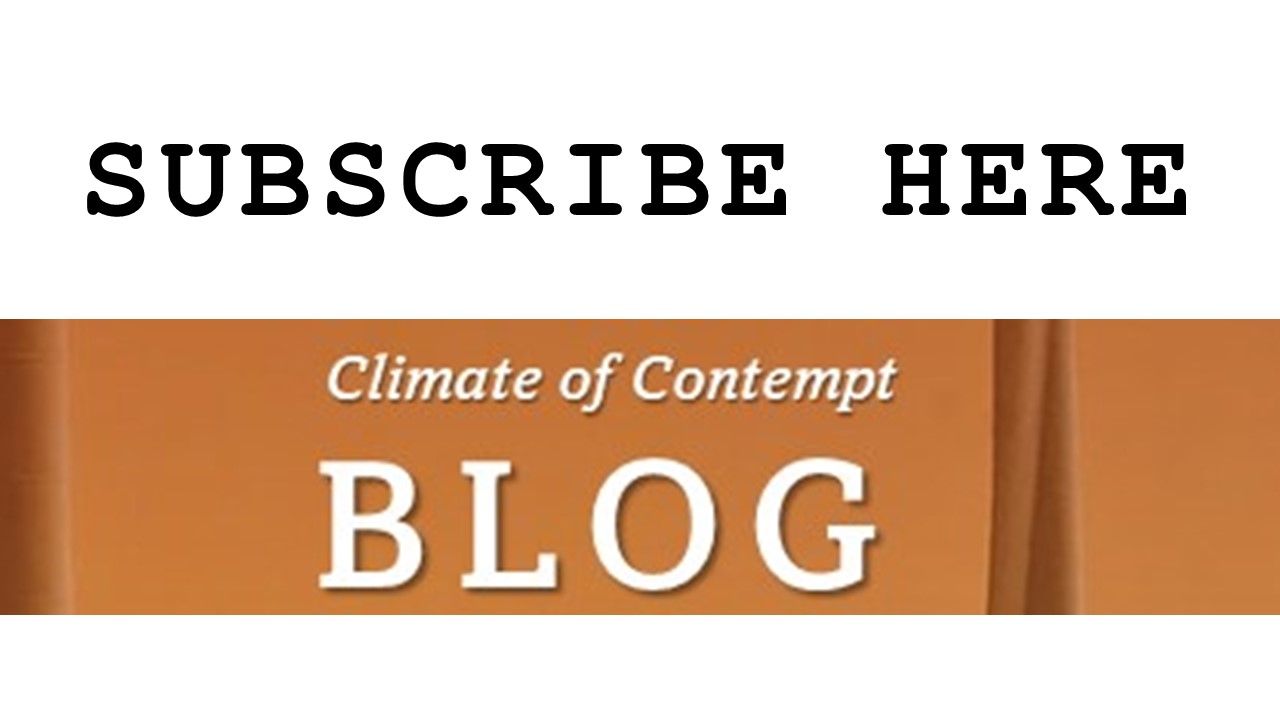As the tragedy that is the One Big Beautiful Bill Act works its way through Congress, let’s talk about something equally cheery: namely, fears of climate disasters.
Climate “tipping points” are events that could rapidly accelerate warming or suddenly change the climate in ways to which humans would have trouble adapting. I list a few of those potential tipping points in a note in Climate of Contempt, including “the weakening of the Gulf Stream (which is part of the Atlantic Meridional Overturning Circulation), permanent loss of albedo (reflective) capacity associated with loss of sea ice, and release of methane from thawing permafrost.” These are worrying prospects, but there remains no scientific consensus about exactly when, whether and how these phenomena will hasten the pace of climate change.
A new methane tracking satellite has allowed better measurement of atmospheric methane, allowing scientists to identify melting Siberian permafrost as a seasonal discharger of that potent greenhouse gas. Because the permafrost holds massive amounts of methane, its thawing holds the potential of runaway warming. The satellite also helps identify the so-called “super-emitters” that emit most of the fugitive methane from energy production or industrial sites.
And scientists often disagree. This 2023 study and another 2024 study suggest that melting arctic ice could slow or stop the Atlantic Meridional Overturning Circulation (AMOC) as soon as the next few decades, fundamentally changing the earth’s climate, flooding coastal cities, and imposing a mini-ice age on northern Europe (whose temperatures are moderated by the Gulf Stream). A third more recent study suggests scientists had been underestimating the speed at which we could reach this tipping point, some marking as early as the late 2030s. But a fourth, even more recent 2025 study points in the opposite direction, suggesting that the AMOC is likely to continue even under extreme warming scenarios. And a fifth study, also from 2025, indicates that the AMOC has not weakened over the last 60 years. Measurements of the Antarctic ice sheet show, somewhat surprisingly, that it has gained mass in recent years.
That’s the nature of scientific progress. It moves in fits and starts, not always steadily toward one conclusion. It demands an appreciation for complexity, and humility about causal inference. But that humility can be hard to sustain in today’s media environment.
As I note in my book, the most alarming news gets the most coverage, especially if the writer thinks that coverage could motivate policy action. And each study of tipping points is followed by a chorus of keyboard warriors who lobby us to believe the studies pointing in one direction and disbelieve the others. So readers will want to contextualize the most alarming climate science stories by finding online discussions of new studies among climatologists. Realclimate.org, Science Media Centre, and some expert reddit communities are often good places to look for that kind of context.
Nevertheless, even careful readers whose minds are open to new information may find these studies unnerving. There is a lot we don’t know about what might happen when and if we hit these tipping points. Our capacity to adapt to a changing climate is already being tested by warming, increasingly severe weather, the reduced availability and/or increasing costs of property insurance, and more. In this context news about tipping points can seem paralyzing or overwhelming.
So for those of us who accept that climate science offers the best understanding of what we truly know about climate change, the question is this: “How should we use this information to try to effect positive change?”
The most important way to effect positive change is to improve the probablility of congressional action on climate. That means building majorities in an angry, fearful, divided polity. In that kind of environment the language of blame and contempt tends to make congressional action less likely. Why? Because many people who express reservations about a rapid energy transition do so sincerely. Online rhetoric that dismisses those concerns as disingenuous or “useful idiots for the fossil fuel industry” only provides more ammunition for right wing media’s “climate hysteria” narratives.
Many climate activists and online climate personalities nevertheless contend that bold language moves the Overton Window. This is a theory of political change long articulated by Bernie Sanders, one I discuss in chapter 3 of my book. It is true that “naming and shaming” strategies have worked in the past, when more politicians could capitalize on the outrage of the average voter. But that was another time, politically. Today the prevalence of safe seats and affective negative partisanship have broken that connection between the average voter and their elected representatives, allowing the minority view on climate policy to carry the day in Congress.
Senator Lisa Murkowski is one of the few Republicans in Congress still willing to acknowledge these new electoral dynamics and how they tie the hands of non-MAGA Republicans. Yet even she disappointingly voted for the Senate version of the OBBB. Among Republicans, the three dissenters included the only two purple state senators up for re-election in 2026, and one of those two (Tillis) could only screw up the courage to dissent by forgoing re-election.
As news outlets continue to report on tipping points and other alarming possibilities, outrage is a natural and instinctive human response. No one is suggesting that those emotions are misplaced — or at least I am not suggesting that. Indeed, many of the persuadable voters who vote GOP probably worry about climate change as well; but they also have reservations and questions about the energy transition. Their questions are sincere. They are not likely to be persuaded by arguments that they are ignorant, or industry’s useful idiots. They are skeptics who are wary of intense partisans. And they have a vote. – David Spence
————



